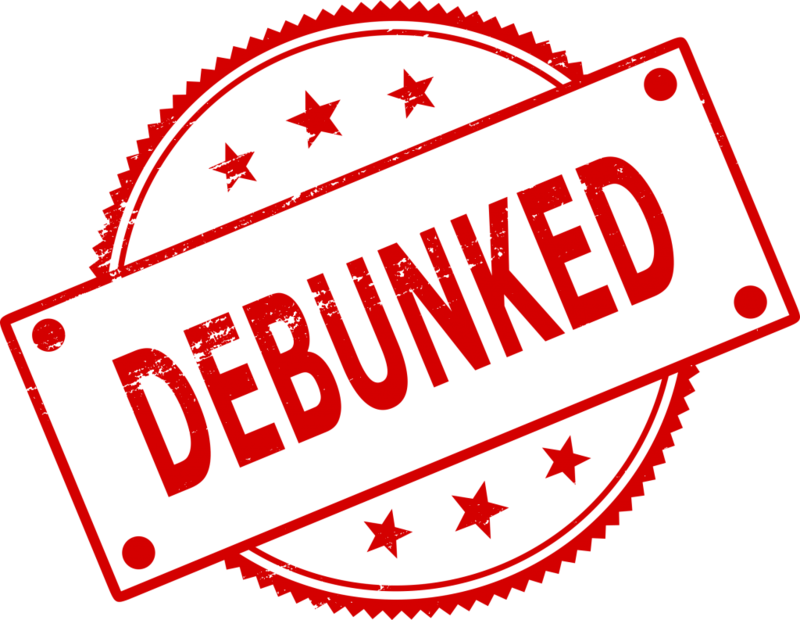
Power washing seems simple — just point and blast, right? Not exactly. Despite its satisfying results, there’s a lot of misinformation floating around about how, when, and where to use a pressure washer. Whether it’s a neighbor giving questionable advice or a viral video that looks too good to be true, these power washing myths can lead to damaged surfaces, wasted time, and even injury.
In this article, we’re clearing the air (and the grime) by debunking the most common power washing myths. 🚫🧽 Get ready to separate fact from fiction so you can clean smarter, safer, and more effectively.
❌ Myth #1: “The More Pressure, the Better”
This one gets people into trouble fast. Higher pressure doesn’t necessarily mean better cleaning — it means a higher risk of damage. Many surfaces simply weren’t made to take 3,000 PSI to the face.
✅ The Truth:
Different surfaces require different levels of pressure. For example:
- Vinyl siding: 1,300–1,600 PSI
- Wooden decks: 500–1,200 PSI
- Concrete: 2,000–3,000 PSI
Too much pressure on softer surfaces can strip paint, splinter wood, or even crack siding. Instead of dialing it all the way up, match the pressure to the material and use proper technique. 🎯
❌ Myth #2: “Power Washing and Pressure Washing Are the Same Thing”
People often use the terms interchangeably, but they’re not exactly the same. The key difference lies in the temperature.
✅ The Truth:
- Pressure washing uses unheated water under high pressure
- Power washing uses hot water under pressure
That hot water makes a difference — it’s better at dissolving grease, oil, and mildew. Power washing is often used for commercial or industrial jobs, whereas pressure washing is more common for homes. 🏡💦
❌ Myth #3: “You Can Power Wash Any Surface”
Sure, it feels powerful — but not everything in your yard is a good candidate for a high-pressure blast.
🚫 Surfaces You Should Never Power Wash:
- Asphalt shingles (can strip protective granules)
- Old or cracked brick (may worsen damage)
- Softwood (splinters easily)
- Stained or delicate painted surfaces
If you’re unsure, test a small area first or consult a professional. When in doubt, use a soft wash method with lower pressure. 🧼
❌ Myth #4: “No Need for Soap — Water Pressure Does It All”
Some people think water alone is enough, but even the best machines can’t always cut through deep grime, mildew, or oil on their own.
✅ The Truth:
Detergents are essential for:
- Killing mold and mildew spores
- Lifting oily or greasy stains
- Reducing the need for high pressure
Plus, using soap means you don’t have to stay in one spot too long, reducing the risk of damage. Think of it as loosening the dirt before blasting it away. 🧴💪
Browse Amazon Here For Popular Power Washing Detergents
❌ Myth #5: “Power Washing is Safe for Windows and Gutters”
It might look like a great way to clear grime off your windows or flush out clogged gutters, but be careful — those delicate parts of your home weren’t designed for intense water pressure.
🚫 Risks Include:
- Shattering window glass
- Forcing water behind siding
- Bending or dislodging gutter brackets
Instead, use a low-pressure rinse or clean these areas by hand with the right tools. 🪟❌
❌ Myth #6: “You Don’t Need to Prep — Just Blast Away!”
Power washing might seem like a shortcut, but skipping prep work can make your job harder — or even dangerous.
✅ The Truth:
You should always:
- Close all windows and doors
- Cover electrical outlets and vents
- Move outdoor furniture, grills, and decor
- Sweep away loose debris
Prepping prevents accidents and makes your cleaning more effective. It’s like painting — the quality of your prep determines the quality of the final result. 🎨🧼
❌ Myth #7: “You Can Power Wash in Any Weather”
Technically, yes. Should you? Not always.
✅ The Truth:
- Cold weather: Water can freeze in the pump or on surfaces
- Hot weather: Soap can dry too quickly and streak
- Windy weather: Spray can blow back into your face or home
Mild, overcast days are ideal — or mornings/evenings when it’s not too hot or cold. 🌥️
❌ Myth #8: “Any Power Washer Will Get the Job Done”
Not all machines are created equal. Cheap consumer models are fine for light-duty jobs, but if you try to tackle a large concrete driveway with a $99 electric washer, you’re in for a long day.
✅ The Truth:
Match the tool to the job. Consider:
- PSI (pounds per square inch) for pressure
- GPM (gallons per minute) for water flow
- Gas vs. electric: gas has more power, electric is quieter and cleaner
Renting a commercial-grade washer for a big project can save you time, money, and frustration. 🛠️⏱️
❌ Myth #9: “You Can Use Bleach in Any Pressure Washer”
Bleach might be great at killing mold, but it’s not great for your pressure washer. It can corrode the internal seals and damage hoses over time.
✅ The Truth:
Use only pressure washer-safe detergents. If you need to sanitize, use bleach carefully in a pre-soak and rinse manually — never run it through your washer unless the manufacturer specifically says it’s safe. ⚠️
🧼 Final Thoughts
Power washing is incredibly effective when done right — but there’s a surprising amount of nuance behind that powerful spray. Believing the myths can lead to broken surfaces, expensive repairs, and poor results.
By understanding the truth behind these common misconceptions, you can:
- Clean smarter and safer
- Protect your home’s exterior
- Get more satisfying, professional-level results
So next time someone says, “Just crank up the pressure and blast it,” you’ll know better — and your house will thank you. 🏡✨
Browse Amazon Here For Top Rated Power Washers And Accessories



